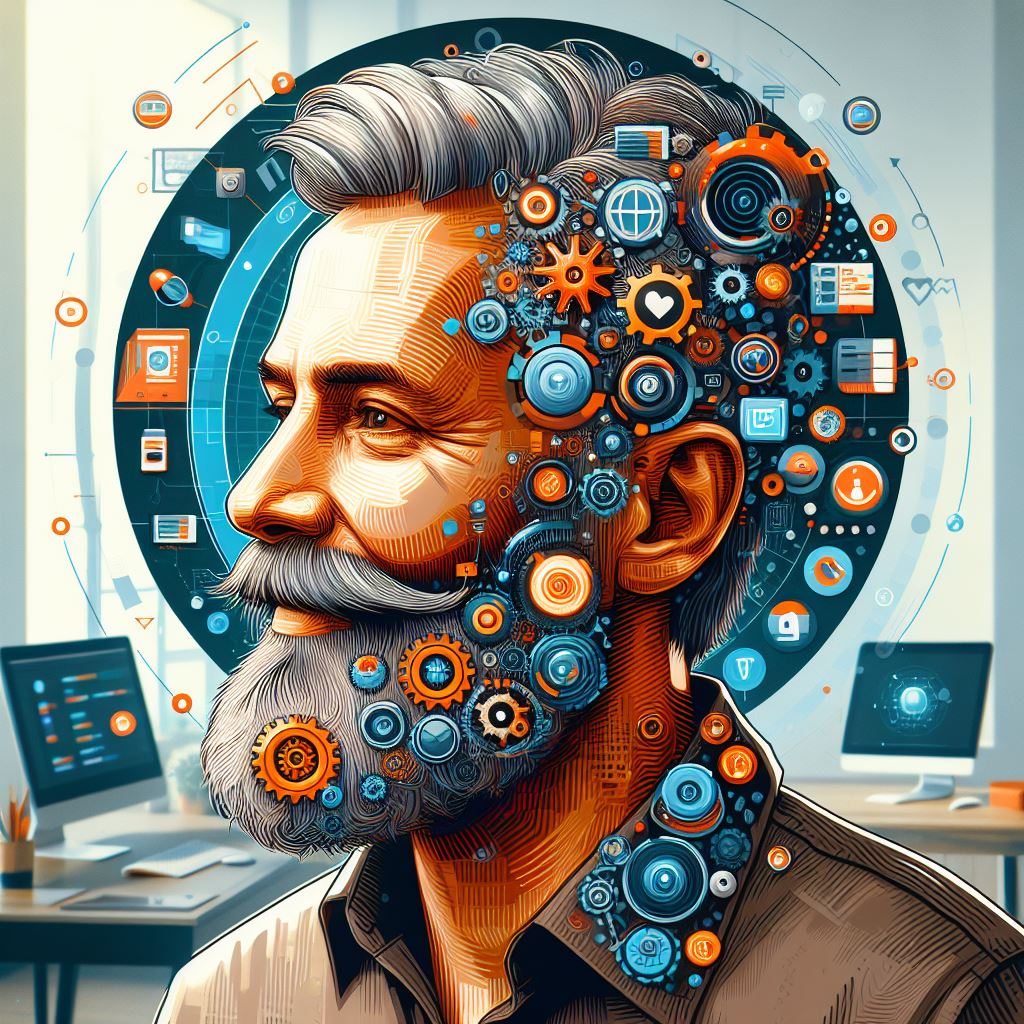What is the Turing Test and Why It Fails in AI/ML?
 Sunney Sood
Sunney SoodUnderstanding the Turing Test
The Turing Test, proposed by British mathematician and computer scientist Alan Turing in 1950, is a measure of a machine's ability to exhibit intelligent behavior indistinguishable from that of a human. In Turing's original formulation, a human judge engages in a text-based conversation with both a human and a machine, without knowing which is which. If the judge cannot reliably tell the machine from the human, the machine is said to have passed the Turing Test, thereby demonstrating a form of artificial intelligence (AI).
Turing's idea was revolutionary for its time, as it shifted the question from "Can machines think?" to "Can machines do what we (as thinking entities) can do?" The test became a foundational concept in AI, setting a benchmark for what it means for a machine to be considered "intelligent."
Why the Turing Test Fails in AI/ML
Despite its historical significance, the Turing Test has significant limitations and is often considered an inadequate measure of true machine intelligence for several reasons:
Deception Over Understanding: The Turing Test primarily measures a machine's ability to deceive a human into believing it is also human, rather than its ability to understand or reason about the conversation. A machine could pass the test by using pre-programmed responses or even random text generation, without any true comprehension of the topics discussed. This means a machine could technically "pass" without having any real understanding of the world, language, or context.
Superficial Criteria: The Turing Test evaluates intelligence based on external behavior (i.e., the ability to generate human-like responses), not on the underlying cognitive processes. This is problematic because true intelligence involves complex reasoning, learning, and understanding, not just mimicry. For instance, chatbots like ELIZA, created in the 1960s, could engage in simple conversations by using pattern matching, but lacked any true understanding of the content.
Bias Towards Linguistic Ability: The test focuses exclusively on linguistic interaction, which is only one aspect of human intelligence. A machine might excel at generating human-like text but still lack other forms of intelligence, such as visual recognition, motor skills, or the ability to make moral or ethical judgments. This narrow focus on language overlooks the multifaceted nature of intelligence.
Advances in Machine Learning: Modern AI, especially in the field of machine learning (ML), has outgrown the simplicity of the Turing Test. Today's AI systems can perform specific tasks far better than humans (e.g., playing chess or analyzing large datasets) but may still fail to have a conversation that could fool a human judge. Conversely, systems like GPT, which generate human-like text, can sometimes pass as human in short interactions but lack understanding, intention, or the ability to reason beyond their training data.
Ethical and Philosophical Concerns: The Turing Test doesn't address the ethical implications of creating machines that can mimic human behavior. If a machine can convincingly imitate a human, it could be used for deception or manipulation, raising concerns about trust and the potential misuse of AI. Moreover, the test ignores questions about consciousness, self-awareness, and other attributes that many argue are essential to true intelligence.
Context and Common Sense: One of the most significant challenges for AI is understanding context and employing common sense, which are crucial for true intelligence. While machines can generate plausible-sounding text, they often struggle with tasks that require an understanding of the world, nuanced reasoning, or handling unexpected inputs. Passing the Turing Test in a controlled conversation doesn't equate to possessing these deeper forms of intelligence.
Conclusion
The Turing Test, while a pioneering concept in AI, falls short as a definitive measure of machine intelligence in the modern age. It emphasizes imitation over understanding, focusing on the superficial ability to generate human-like responses rather than the deeper cognitive abilities that define true intelligence. As AI continues to evolve, more sophisticated and comprehensive benchmarks are needed to assess a machine's capabilities, taking into account not just linguistic mimicry but also reasoning, learning, ethical considerations, and the ability to understand and interact with the world in a meaningful way.
Subscribe to my newsletter
Read articles from Sunney Sood directly inside your inbox. Subscribe to the newsletter, and don't miss out.
Written by

Sunney Sood
Sunney Sood
Profile Summary: Sunney Sood is a Program Manager who in spare time is DevOps enthusiast with exceptional leadership and problem-solving skills. Sunney is adept at managing software development lifecycles and bridging the gap between technical and non-technical team members. With real-world experience from professional projects and internships, he aspire to pursue a career in DevOps and Cloud. Skills: DevOps tools (Jenkins, Docker, Kubernetes, Git, Terraform), scripting (Python, Shell), project management (Agile).